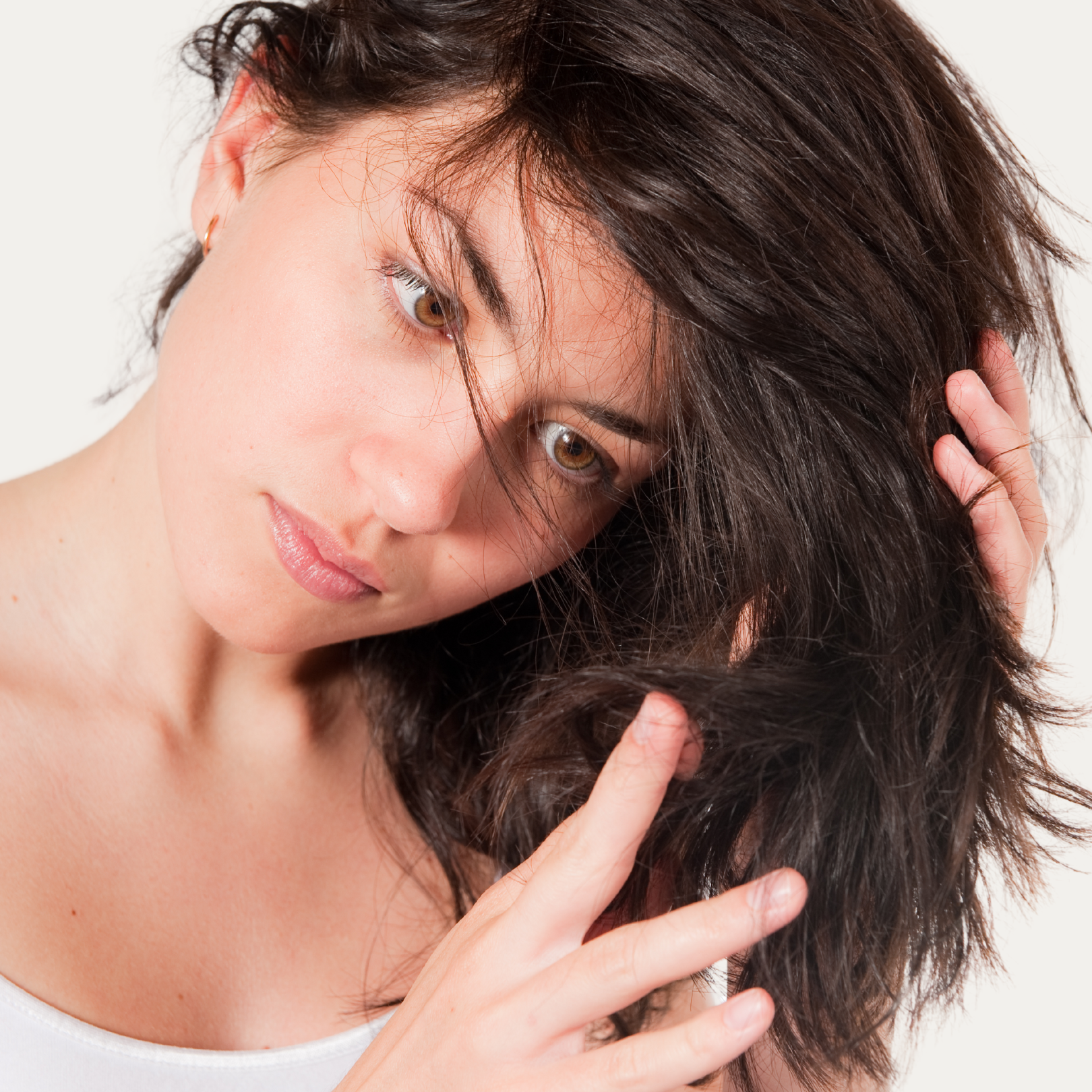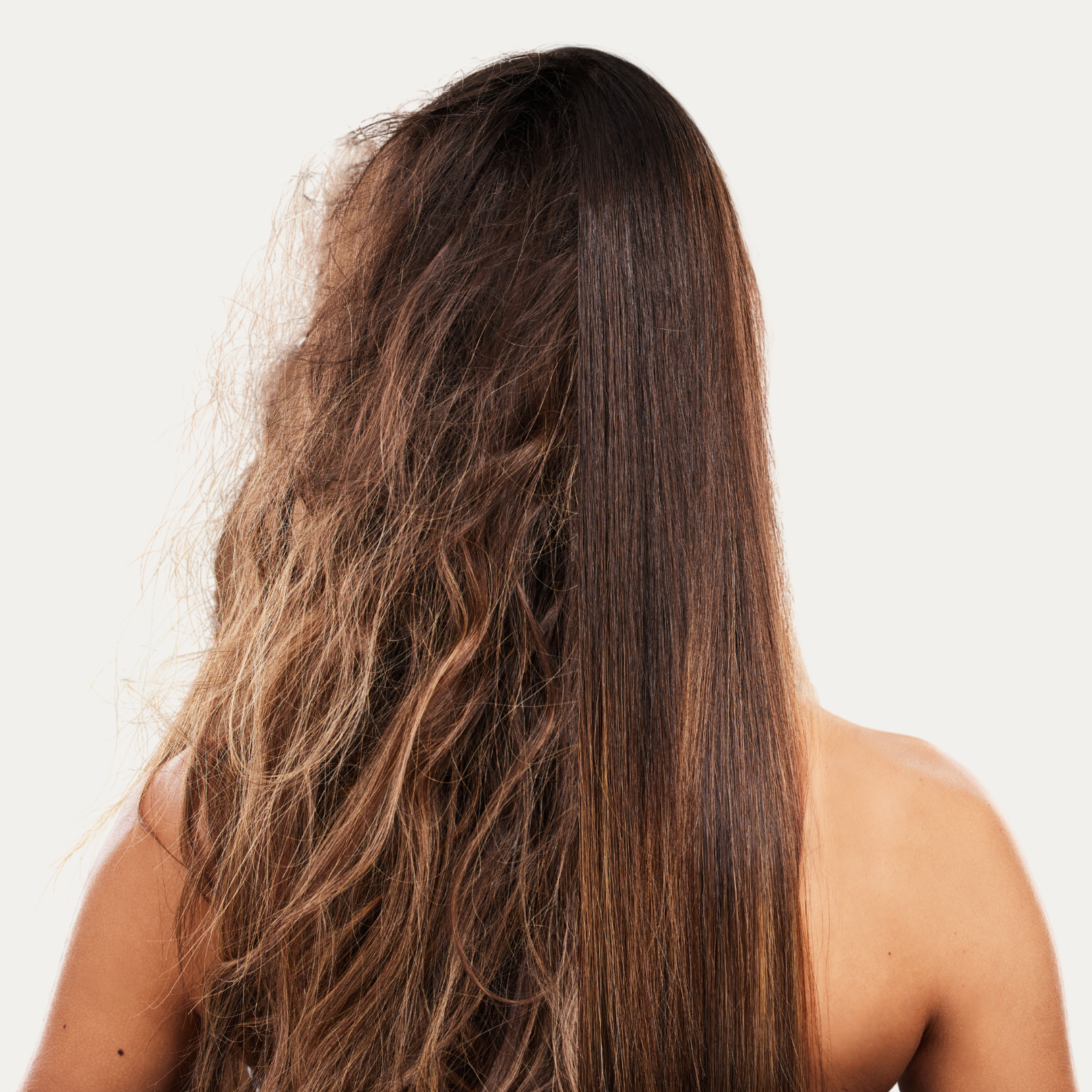4 Tests to Assess Hair Health
Are you struggling with getting your hair to behave? It could be a result of damaged hair. Over time we can grow accustomed to dealing with how our hair behaves, but it's important to understand what damage looks like so we can make adjustments to our routine as needed. Since damage occurs at a structural level, if left untreated it can lead to problems like difficulty coloring or styling and even breakage and hair loss. Take these 4 simple at home tests to help assess what's going on.
Split Ends
Start by grabbing a small section of hair and examining your ends to see if there are any single strands of hair that have started to separate into 2 forming a V. 
Elasticity
Pull out a single strand of wet hair and gently pull either end. If the hair snaps without stretching, you are most likely experiencing loss of protein and hydration resulting in less elasticity. 
Porosity
Starting with clean hair, comb out a few pieces of hair. Place those strands in a glass of water and see how they behave. Healthy hair will sink slowly as it absorbs the water. If the hair floats, it means porosity is low and if the hair immediately sinks it indicates high porosity. 
Dullness
This one's pretty simple. Run your fingers through your hair in the sunlight and see how the light reflects. Shine will indicate a healthy, closed cuticle. Lack of shine could mean that the cuticle is raised and absorbing the light.




























